JOEE 24(1)
JOEE March 2021 Issue
The March 2021 issue of JOEE features eight papers — six on research studies and two book reviews — from international researchers and academics. Featured authors come from Canada, Turkey, United Kingdom, United States. Romania, India Morroco and Australia. Articles look at the decline of outdoor ed programs in universities, science and music outside the classroom and the impact of screens on our connection with nature.
Reminder: To read these full articles you need to log-in to the OEA Digital Library
Link in the menu on the right (or near bottom if viewing on mobile device.)
Overboard! The turbulent waters of outdoor education in neoliberal post-secondary contexts
Janet E. Dyment, (pic), Tom G. Potter
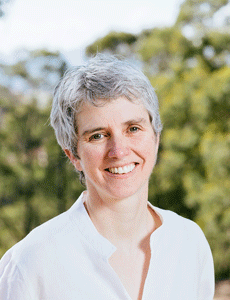
1) societal trends and beliefs;
2) high level leadership and power structures’ and,
3) personal role – which included lack of strategic advocacy.
This paper contains valuable lessons that could be useful for Outdoor educations in academia, including a need to: understand the neoliberal agenda driving universities; maintain strategic relationships with senior academics; position oneself in high level academic positions; participate in reviews equipped with evidence; and strategically advocate for OE programs.
Learning science outside the classroom: development and validation of the out-of-school learning environments perception scale
Ahmet Ilhan Sen, Hulya Ertas-Kılıc, Ozlem Oktay (pic), Serkan Ekinci & Zafer Kadırhan
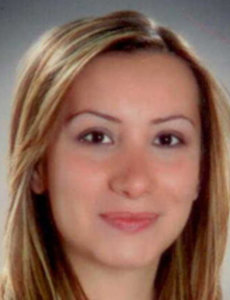
The impact of music making outdoors on primary school aged pupils (aged 7–10 years) in the soundscape of nature from the perspective of their primary school teachers
Dylan Adams (pic), Gary Beauchamp
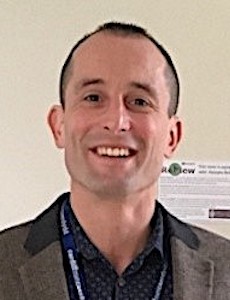
Intree: embodied experience in a flat screen world
Tom Puk (pic)

The importance of Forest School and the pathways to nature connection
Dave Cudworth & Ryan Lumber (pic)
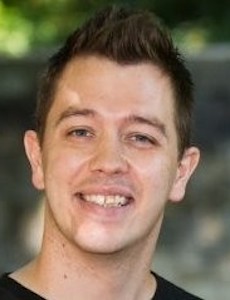
“The freedom to make mistakes”: youth, nature, and the Anthropocene
Chris A. B. Zajchowski (pic), Daniel L. Dustin & Eddie L. Hill
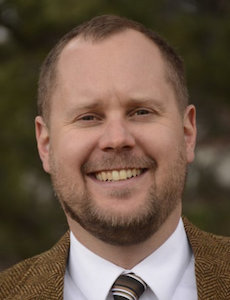
Environmental education and ecotourism by Fernando Ramírez and Josefina Santana — REVIEW
Mohamed Abioui (Morocco), Monica Maria Axini & Dan Razvan Popoviciu (Romania) and Ashwani Kumar Dubey (India)
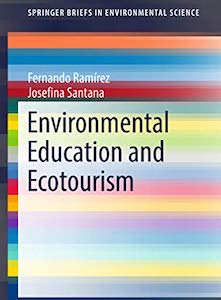
George Seddon: selected writings by A Gaynor (Editor) — REVIEW
Lucas Bester La Trobe University, Bendigo, Australia



